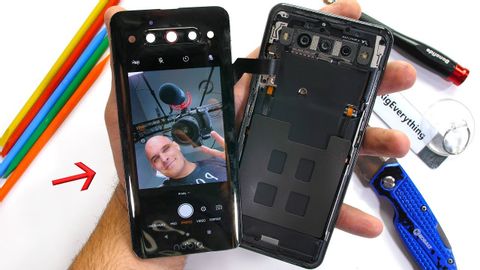バック2バックの画面?- Nubia Z20 ティアダウン! (Back 2 Back Screens? - Nubia Z20 Teardown!)
林宜悉 が 2021 年 01 月 14 日 に投稿  この条件に一致する単語はありません
この条件に一致する単語はありませんUS /ˈpɚmənənt/
・
UK /'pɜ:mənənt/
- adj.永続的な;常勤の;恒久的な
- n.正社員;パーマ
US /dɪˈskrɪpʃən/
・
UK /dɪˈskrɪpʃn/
US /ˈkɑnsənˌtret/
・
UK /'kɒnsntreɪt/
- v.t./i.増す;集中する;濃縮する
- n. (c./u.)濃縮物
- v.t.だます;ねじり込む;ねじで締める;捻る
- n. (c.)ねじ
エネルギーを使用
すべての単語を解除
発音・解説・フィルター機能を解除

